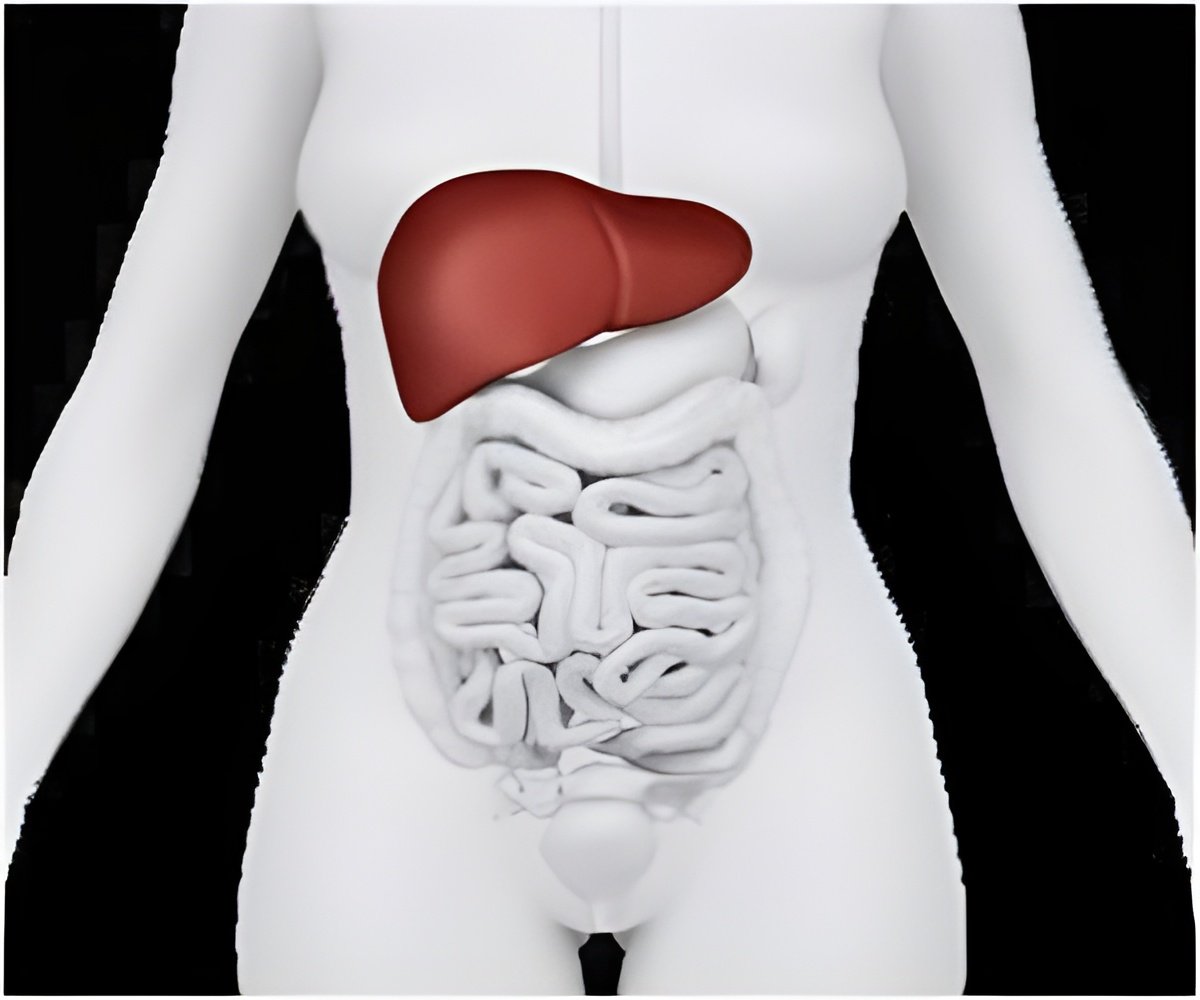
"Hepatologists make decisions on treatment based upon the patient's underlying disease as well as tumor stage, taking into account whether tumor progression or advanced cirrhosis is more life-threatening," explains Bruno Sangro, MD, PhD, at the Clinica Universitaria de Navarra in Pamplona, Spain. "Patients with the disease confined to the liver, but who are not eligible for resection or transplantation need liver-directed therapies that reduce tumor burden, relieve symptoms and increase survival."
The current study evaluated the survival benefit of the liver-directed therapy, radioembolization, in 325 patients with HCC at eight European centers. Most patients received a single administration of microspheres with roughly 6% having two and 0.9% having three treatments between September 2003 and December 2009. The median activity of administered treatment was 1.6 GBq with approximately 45% of patients having whole liver and 39% having right-lobe infusions.
Of the HCC patients included in the analysis, 83% were Child-Pugh class A, 79% had underlying cirrhosis, and 88% had a good Eastern Oncology Group (ECOG) performance status. To measure the extent of HCC and liver function, researchers used the Barcelona Clinic Liver Cancer (BCLC) staging system; more than half of the patients were classified as advanced (BCLC C) and a quarter were intermediate (BCLC B) stage.
Results of the analysis showed that median overall survival with radioembolization was close to 13 months. Survival rates ranged depending upon BCLC class with those having less progressed disease and liver involvement (BCLC A) surviving 24 months, BCLC B at close to 17 months and BCLC C patients at 10 months. Researchers noted that the most significant factors affecting prognosis were ECOG performance status, tumor burden, coagulation test score (INR greater than 1.2), and disease outside the liver.
The team reported that the most common adverse events with radioembolization were fatigue, nausea, vomiting, and abdominal pain. Rates for all-cause mortality in this high-risk patient group were 0.6% and roughly 7% at 30 and 90 days, respectively. "Our findings show strong evidence of the survival benefit with radioembolization, even in patients with advanced disease who have few treatments options," concluded Dr. Sangro. "Further study of the procedure in patients with advanced disease is warranted."
Advertisement









